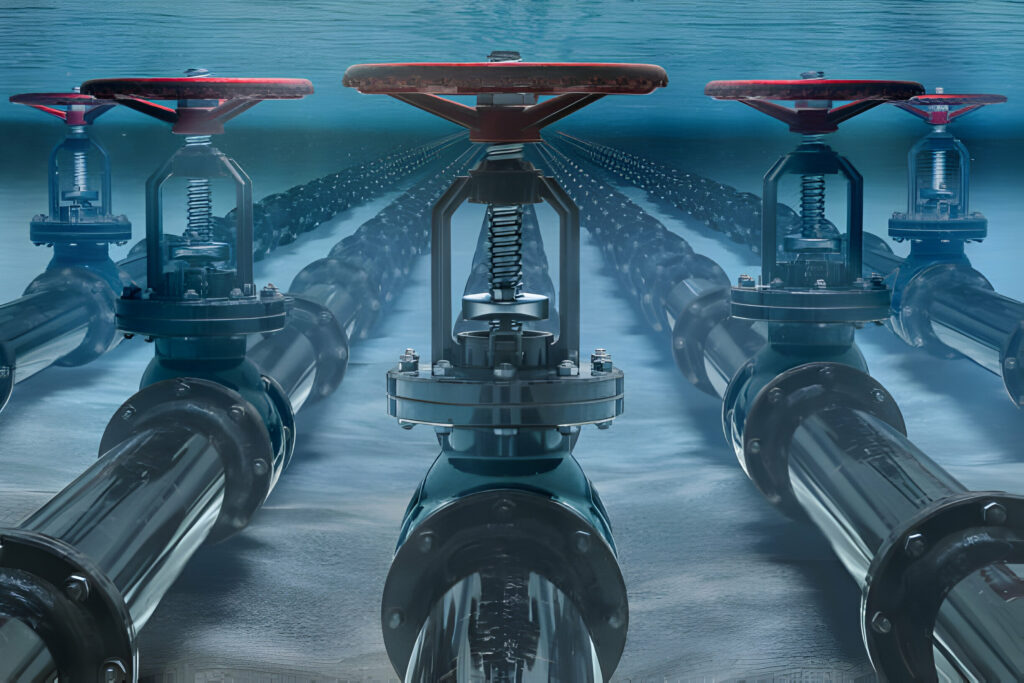Pumping systems, consisting of submersible pumps, jet pumps, and centrifugal pumps, are hired to extract groundwater from wells and deliver it to the surface for numerous uses, such as consuming water deliver, irrigation, and industrial tactics.
Maintaining water pleasant is paramount in underground water offerings to ensure the protection and potability of consuming water supplies.
Continuous tracking and first-class manipulate measures are implemented to assess water great parameters and comply with regulatory standards for ingesting water safety.
Engineers appoint superior water treatment technologies, along with filtration, disinfection, and reverse osmosis, to do away with contaminants and impurities from groundwater extracted from aquifers or reservoirs.
Underground water offerings rely upon sophisticated monitoring and surveillance structures to assess groundwater tiers, first-rate, and go with the flow styles.
Engineers install a network of monitoring wells, sensors, and telemetry structures to collect actual-time information on groundwater dynamics and aquifer conduct.
This records is used to optimize water control strategies, come across capacity issues together with groundwater infection or over-extraction, and ensure the sustainable utilization of underground water sources.

In end, the engineering marvels of underground water offerings represent a testomony to human innovation and creativity in harnessing and coping with Earth’s precious water assets. Through meticulous layout, production, and operation, engineers develop sustainable answers to meet the water desires of communities, industries, and ecosystems, at the same time as safeguarding underground water reserves for future generations.
As population increase, urbanization, and weather change location increasing needs on water sources, the continuing advancement of underground water engineering can be critical for making sure water safety, resilience, and sustainability inside the years yet to come.
This article explores the innovative approaches wherein underground water services can be harnessed to generate renewable energy, contributing to a extra sustainable and resilient strength future.
Underground water services are intimately connected to geothermal energy production, a renewable power source derived from the Earth’s warmth. Geothermal electricity flowers make use of underground reservoirs of hot water or steam to generate strength. Engineers drill wells into geothermal reservoirs, tapping into high-temperature water or steam trapped beneath the Earth’s surface. The warmth energy is then transformed into strength using turbines and turbines. Geothermal strength presents a reliable baseload electricity source with minimum greenhouse gasoline emissions, making it an appealing choice for assembly electricity call for while lowering reliance on fossil fuels.


Underground water services, along with aquifers and reservoirs, can function capacity web sites for hydroelectric electricity generation. Engineers can design and construct underground pumped storage hydropower (PSH) facilities, which make use of the herbal topography and water garage capability of aquifers to keep and release water for electricity technology. During intervals of low power call for, surplus power from renewable sources including solar or wind power may be used to pump water from lower reservoirs into higher ones. When energy call for rises, water is released from the higher reservoirs, flowing via turbines to generate strength. PSH facilities provide grid stability, power storage, and versatility, enhancing the mixing of variable renewable strength resources into the strength gadget.
